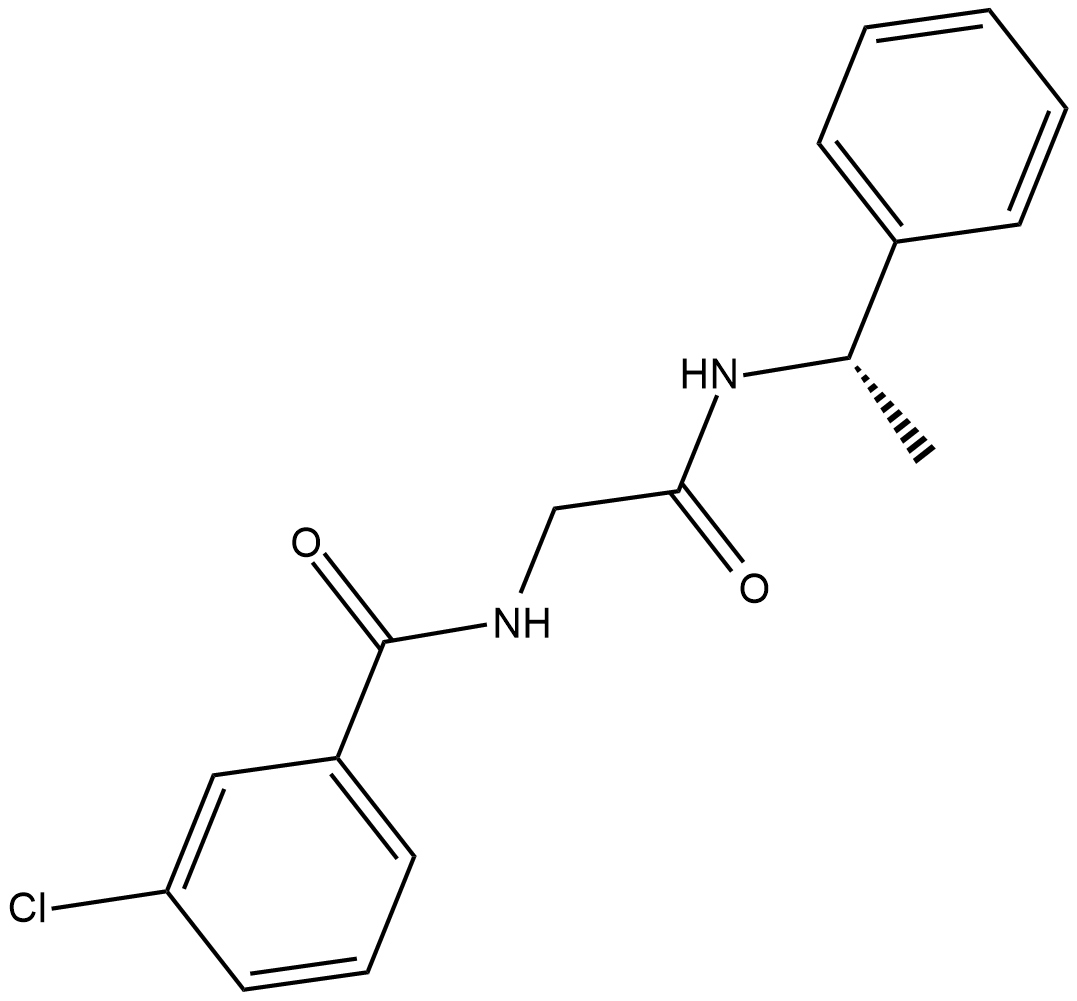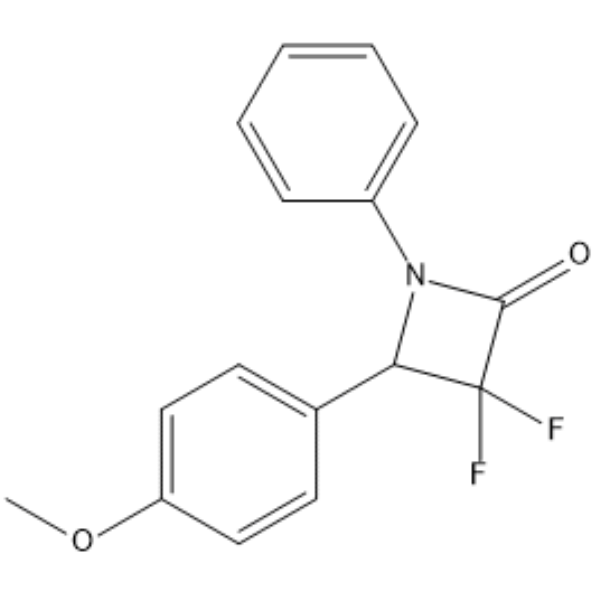GPR139
GPR139 (G protein-coupled receptor 139) is a protein that in humans is encoded by the GPR139 gene. GPR139 is an orphan G-protein–coupled receptor expressed in the central nervous system.
The expression pattern of GPR139 has primarily been studied on the mRNA level and showed expression mainly in the central nervous system.
GPR139 is an orphan receptor identified from bioinformatics analysis of the human genome. GPR139 is thus a potential target for the treatment of Parkinson’s disease, obesity, eating disorders, and/or diabetes.
The GPR139 is expressed specifically in the brain in areas of relevance for motor control. GPR139 function and signal transduction pathways are elusive, and results in the literature are even contradictory. GPR139 agonists dose-dependently protect primary dopaminergic (DA) neurons against MPP+ toxicity.
Targets for GPR139
Products for GPR139
- Cat.No. Product Name Information
-
GC19209
JNJ-63533054
JNJ-63533054 is a potent and selective agonist of hGPR139 with an EC50 = 16nM

-
GC66431
NCRW0005-F05
NCRW0005-F05 is a potent GPR139 agonist with an IC50 value of 0.21 μM. NCRW0005-F05 can be used to research diabetes, obesity and Parkinson's disease.



